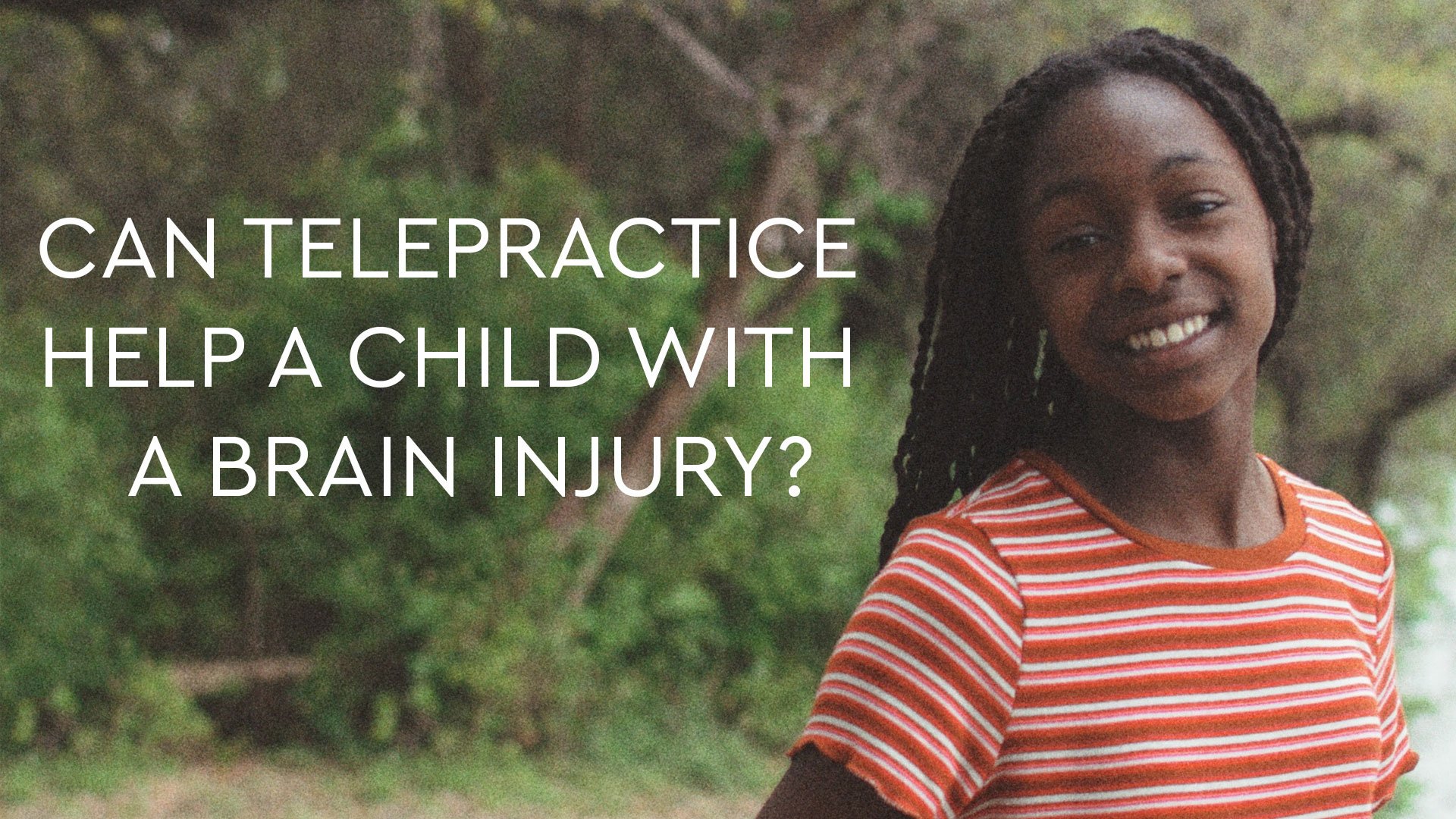Can Telepractice help a Child with a Brain Injury

If you search on the internet, you can find a wealth of information regarding the use and effectiveness of telepractice for a variety of medical conditions. Telepractice is of particular interest for people living with brain injury. A large number of people with brain injury face obstacles accessing adequate treatment. For kids living with brain injury, these obstacles present themselves extensively. A child may not receive the proper treatment because they are relying on parents for transportation to services, or they are trying to balance a school and other types of therapy schedules and still trying to be a child.
Many different kinds of therapists work with children that have brain injury. With the availability of technology, cognitive therapy sessions can now start conducting therapy directly to a child’s home. A study using telepractice methods examined the effectiveness of 2 different interventions: CAPS (experimental) and IRC (control). CAPS focused on problem-solving, communication, and self-regulation therapy administered using self-guided didactic content and with guidance provided by a psychologist remotely. While the IRC intervention connected families with children that have a brain injury to resources that they could use to handle problems that their child was facing.
The study showed that the CAPS intervention was most effective for children in grades 9-12. Researchers attribute the difference in effectiveness between younger and older children due to older teens being more developmentally capable of engaging with this kind of therapy model. This age range of children did not have to rely on their parents for support. Although more research is needed to find more optimal intervention methods for younger children, the increased feasibility of telepractice allows children easier access to cognitive rehabilitation therapy.
Conclusion
When done correctly, telepractice services can help older children with brain injury. Not only does it help the child but families learn effective strategies that can help the whole family tackle everyday obstacles posed by brain injury. Therapists that work with clients have experienced the same success with telepractice as face-to-face therapy sessions. Although more work is needed to be done to find effective methods of therapy intervention for children with brain injury, implementing telepractice methods for older teens living with a brain injury can be effective and should be introduced.
Sources
Kurowski, B. G., Wade, S. L., Kirkwood, M. W., Brown, T. M., Stancin, T., & Taylor, H. G. (2013). Online problem-solving therapy for executive dysfunction after child traumatic brain injury. Pediatrics, 132(1), e158-e166.









